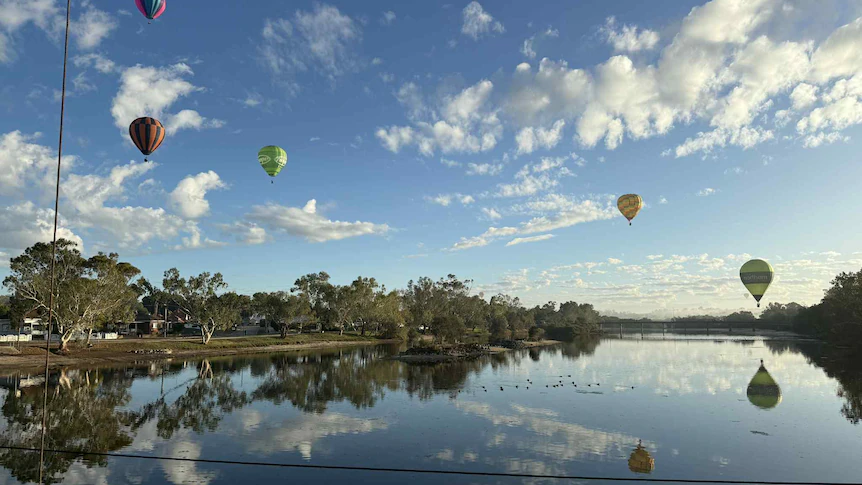By Andrew Collins
Copyright abc

The move from sheep to grain by a growing number of West Australian farmers is causing an unexpected headache for the state’s hot air balloon pilots.
Northam, about 100 kilometres east of Perth, markets itself as the ballooning capital of Australia.
With balloons needing open space to take off and land, the spread of crops through the Avon Valley is leaving landing sites increasingly limited.
Liberty Balloon Flights director and chief pilot Nick Brau said the number of available paddocks had shrunk dramatically over the past three years.
He estimated 95 per cent of their key landing locations were now under crop.
“Especially this last season, we just noticed a very big percentage of fields that used to be grazing land are now in crop,” he said.
Mr Brau said two landings on crops, for safety reasons, had occurred in the past season, which was something he had never previously experienced.
“We try to avoid it as much as we can, but if safety requires that we do land, we will,” he said.
“Obviously we try to minimise any damage … as much as we can; it really is a worry.”
Other locations suitable for ballooning were too far from Perth to attract passengers, with the valley’s proximity to the city critical, Mr Brau said.
Live export ban impact
WA Farmers president Steve McGuire said the looming live sheep export ban was influencing the industry shift to crops.
“We’ve seen about a third of the sheep going out of the system, which is probably three to four million sheep over a couple of years,” Mr McGuire said.
“There’s not really more people getting into cropping … it’s just farmers putting more crop in for themselves.”
Figures highlight expansion
Data from the Grain Industry Association of WA (GIWA) shows 9.2 million hectares of land currently under crop in the state, compared to 8.28 million hectares in 2019.
GIWA crop author and grower Michael Lamond said the Northam shire had seen a 30 per cent drop in pasture properties since 2019.
Having once had balloons land in his horse paddock, he said he anticipated the challenges for pilots to continue.
“The thing about hot air ballooning is when they land, they have a basket and the balloon comes down and flattens the crop,” he said.
The phase out of live sheep exports would likely make the transition to cropping permanent, Mr Lamond said.
Tourism concerns
With hot air ballooning a major winter tourism drawcard, Northam shire president Chris Antonio said the lack of landing spots was concerning.
“We’re just having a watch and wait approach,” he said.
“At this stage there appears to be enough [landing area] but much more pressure, it probably would put it at risk, which would put the whole industry at risk.”
Mr Antonio said the shire was working with balloon companies to identify possible landing areas and establish relationships with other landholders in the area.



